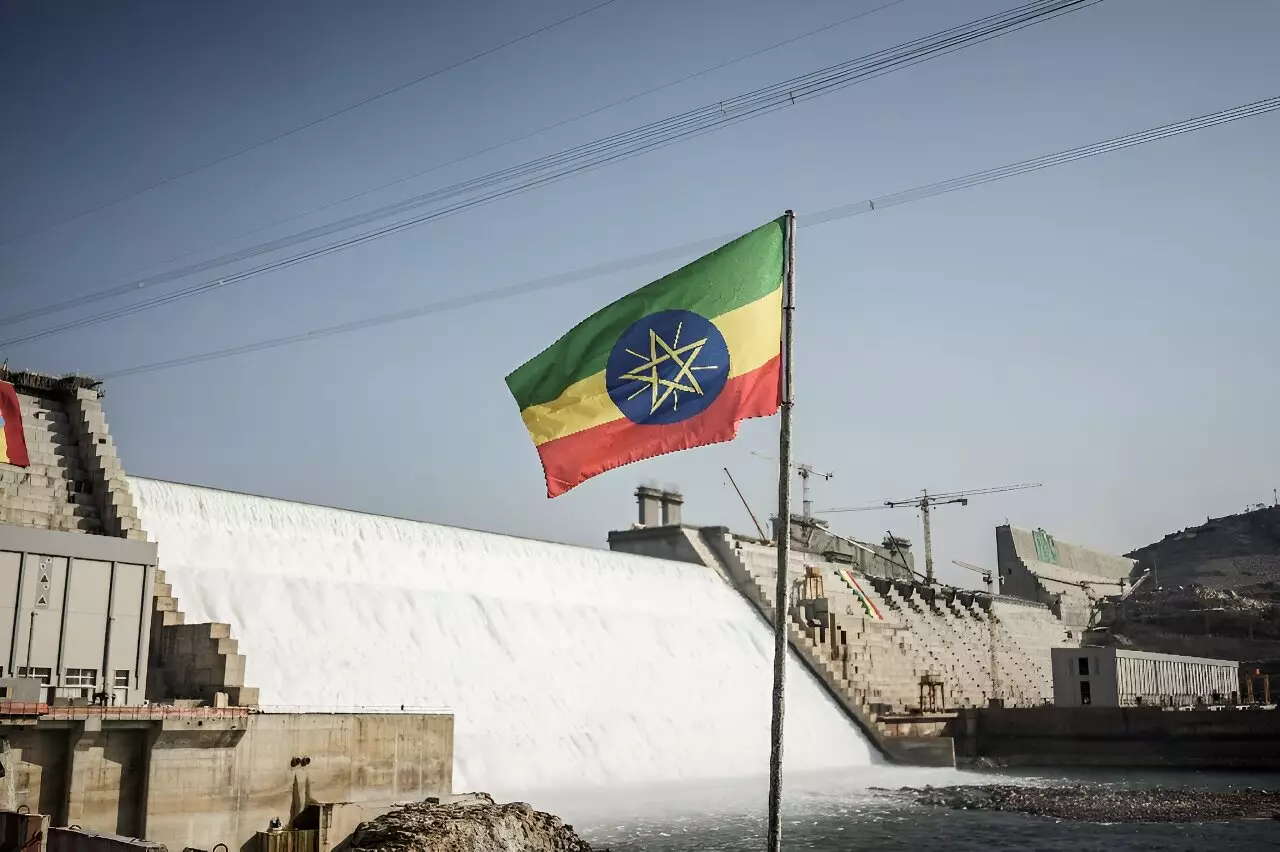Ethiopia recently announced that it has significantly increased its electricity production from the controversial Grand Ethiopian Renaissance Dam (GERD) on the Blue Nile. The dam, a multi-billion-dollar project, is now generating 1,550 megawatts of electricity following the start of operations of two additional turbines. This development marks a significant milestone in the completion of the project, transitioning it from the construction phase to the operation phase.
The two turbines, each generating 400MW, have joined the existing two turbines that produce 375MW each, resulting in a combined output of 1,550MW. Additionally, the dam’s spillways are releasing an extra 2,800 cubic meters of water to downstream countries. When fully operational, the GERD, with 13 turbines in total, could potentially generate over 5,000 megawatts of power, making it the largest hydroelectric dam in Africa and significantly boosting Ethiopia’s electricity output.
Despite the economic benefits that Ethiopia anticipates from the GERD, the project has been a major source of tension with downstream nations, particularly Egypt and Sudan. Both countries have expressed concerns about the dam’s potential impact on their access to vital Nile waters. Egypt, heavily reliant on the Nile for its water needs, views the dam as an existential threat, especially given its precarious water scarcity situation. Sudan’s stance on the dam has been less consistent, with its current internal challenges complicating its position on the project.
Ethiopia has defended the GERD as essential for the country’s electrification and overall development. Prime Minister Abiy Ahmed emphasized the dam’s role in managing water flow, mitigating flood risks, and ensuring downstream nations receive a consistent water supply, particularly during droughts. The government believes that the dam will contribute to improving access to electricity for millions of Ethiopians who currently lack reliable power sources.
The World Bank has pledged assistance to Ethiopia in expanding its electricity network and diversifying its energy sources, including solar, wind, and geothermal power. Despite these efforts to address the country’s electricity deficit, challenges remain in alleviating poverty and enhancing socio-economic opportunities for the population. The GERD continues to be a focal point of regional tensions, with ongoing negotiations failing to yield a comprehensive agreement among the concerned parties.
Ethiopia’s achievement in doubling its electricity production from the GERD signifies a significant milestone in the country’s infrastructure development. However, the project’s impact on regional dynamics and concerns about water security for downstream nations underscore the complexity of managing transboundary water resources. As Ethiopia moves forward with the dam’s operations, diplomatic efforts and cooperative agreements will be crucial in addressing the interests and concerns of all stakeholders involved.


Leave a Reply